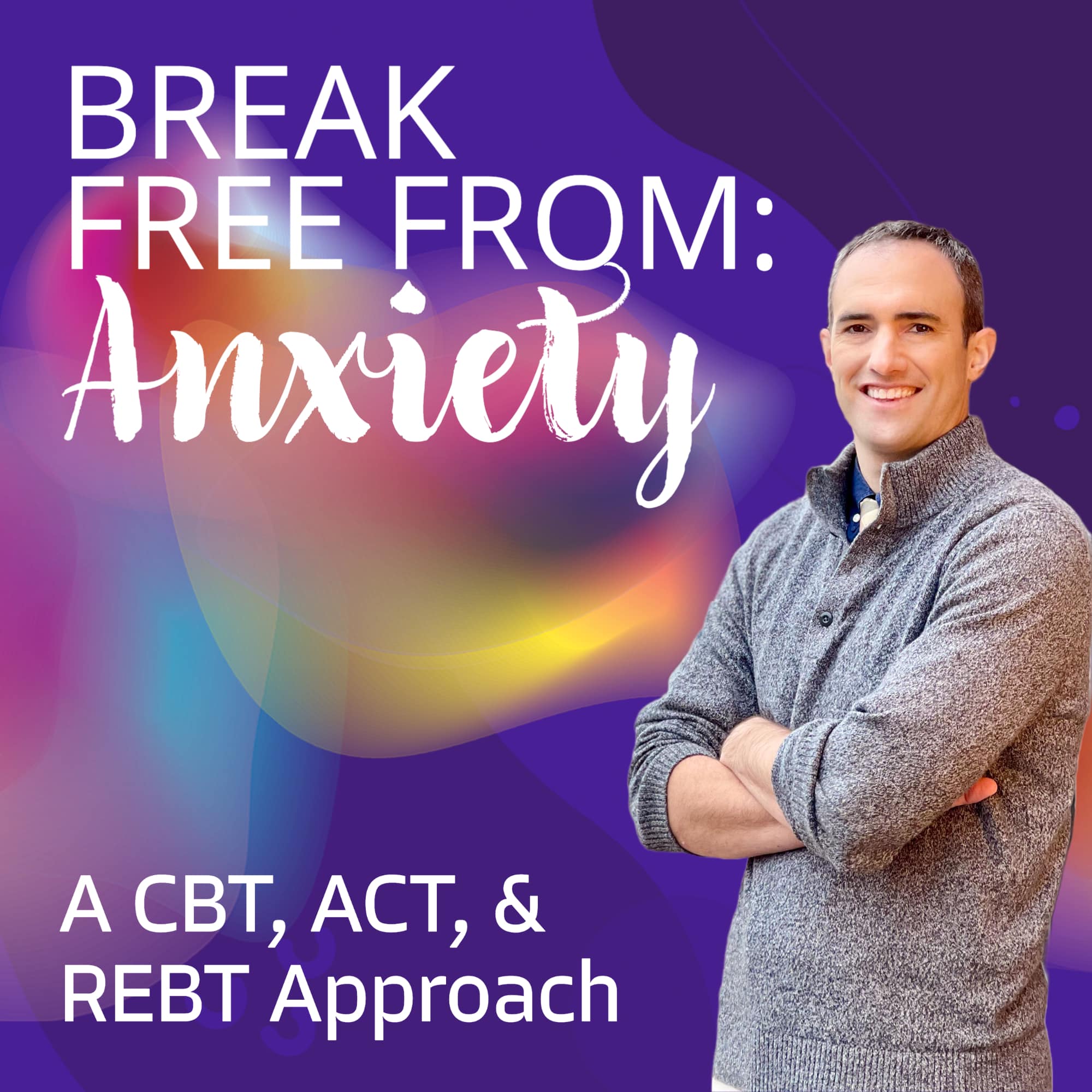Passive suicidal ideation vs active are complex and multifaceted mental health issue. It’s a term that encompasses a range of thoughts about suicide, from fleeting considerations to detailed planning.
Understanding the nuances of suicidal ideation is important for mental health professionals as well as those who may be experiencing these thoughts. Recognizing the signs can be the first step towards seeking help and finding effective treatment.
Let’s delve into the different types of ideation, including active and passive forms, and uncover how to identify and support individuals at risk. Suicidal thoughts rest on a spectrum ranging from intrusive and persistent to fleeting and passive.
Here, you will learn how to handle suicidal ideation and pursue available treatments.
Understanding Suicidal Ideation

Suicidal ideation is a term widely used within mental health circles. It refers to thoughts about ending one’s own life. These thoughts vary significantly among individuals.
It’s not only about planning or intent. Sometimes, it’s about a deep-seated desire for relief from overwhelming distress or pain.
Defining Suicidal Ideation
At its core, suicidal ideation involves contemplating suicide or self-harm. These thoughts can be fleeting or persistent, varying in intensity over time.
They can exist without a specific plan, or they might include detailed strategies for carrying out the act. Importantly, ideation doesn’t always mean intent; many experience these thoughts without intending to act on them.
Understanding the nature of these thoughts is crucial. Recognizing the difference between active planning and passive ideation can inform appropriate interventions and support strategies.
Prevalence and Impact on Society
Suicidal ideation is more common than many realize. It’s a significant public health concern, affecting people across demographics worldwide.
The societal impact is profound. It affects not only those who experience these thoughts but also their families, communities, and workplaces.
Tackling this issue requires awareness and destigmatization. Education and open conversations can help lessen the burden and impact of suicidal ideation in our society.

Types of Suicidal Ideation
Suicidal ideation manifests in different ways, chiefly divided into active and passive forms. Recognizing the distinctions between active vs passive suicidal thoughts is the first step in intervention.
Active suicidal ideation involves plotting or serious intention to carry out suicide. In contrast, passive ideation involves wishing for death without taking steps to make it happen. Keep in mind that this is different from suicidal ideation vs just wanting things to be over.
Understanding these types helps in assessing the risk level. It also guides appropriate responses from mental health professionals, friends, and family.
Active Suicidal Ideation
Active suicidal ideation is characterized by specific and intentional planning. Individuals may devise a method or timeline for attempting suicide. This type of ideation indicates a severe level of distress and a higher risk.
People experiencing active ideation often exhibit warning signs, such as verbal expressions of intent. They may also take preparatory actions toward ending their life.
Intervention is critical. Immediate professional help can be lifesaving, as active ideation suggests impending danger.
Passive Suicidal Ideation
Passively suicidal meaning refers to individuals who wish to die but lack active plans. Passive may be suicidal ideation without intent or intent without a plan. They might fantasize about death or express feelings of life being not worth living.
This ideation type doesn’t include definitive plans, but it still reflects significant emotional pain. Individuals may say things like, “I wish I wouldn’t wake up,” showing a desire for life to end without direct action.
Though less immediately urgent than active ideation, passive ideation requires attention. Support and counseling can address underlying issues, providing relief and recovery pathways.
Recognizing the Signs

Identifying the signs of suicidal ideation is vital for prevention. Both behavioral and emotional indicators can signal a person is in distress. Recognizing these signs early allows for timely intervention.
Signs might manifest in various aspects of a person’s life. Behavioral changes or emotional expressions often serve as red flags.
Individuals may not always voice their thoughts directly. Subtle clues can still point to underlying issues.
Behavioral and Emotional Indicators
Behavioral changes often accompany suicidal ideation. These might include withdrawal from social activities or loss of interest in hobbies. Such shifts can reflect a desire to isolate or disengage.
Emotionally, individuals may display increased sadness or anger. These emotions can fluctuate, appearing more intense than usual. Expressions of hopelessness or feeling trapped are common signals.
Sometimes, these indicators are expressed in conversations. A person might mention feeling like a burden or talk about life being pointless. Each of these shifts highlights a need for attention and care.
Mental Health Disorders
Mental health disorders often contribute to suicidal thoughts. Depression and anxiety can amplify feelings of despair. These conditions may distort an individual’s view, making death seem like a solution.
Other disorders, like bipolar disorder, can also impact ideation. The extreme mood swings might lead to overwhelming impulsive urges. Recognizing these patterns helps in tailoring effective treatment.
Disorders affect everyone differently, and understanding these impacts facilitates more compassionate and effective support. Proper diagnosis and treatment of these underlying issues can significantly reduce suicidal ideation.
Misconceptions and Stigma

Misconceptions about suicidal ideation can distort perceptions. People often believe myths that hinder understanding and support. Dispelling these myths is vital for prevention and empathy.
One common myth is that suicidal ideation is merely attention-seeking. This belief minimizes the genuine distress that individuals experience. Another myth suggests that talking about suicide plants the idea. In reality, open conversations can provide relief and clarity.
Stigma surrounding suicidal thoughts exacerbates these misconceptions. It contributes to silence and secrecy, often preventing individuals from seeking help. Fear of judgment can trap people in their struggles.
Challenging stigma requires a more compassionate approach. Encouraging open dialogue and education helps break down barriers. Understanding and empathy can replace fear and misunderstanding.
Common Myths About Suicidal Ideation
Several pervasive myths impact support for those in crisis. One is that suicidal ideation is a sign of weakness. In truth, it often emerges from deep psychological pain.
Another myth is that only certain people become suicidal. Suicidal thoughts can affect anyone, regardless of age, background, or status. Dispelling these myths encourages a more inclusive understanding.
The Effects of Stigma on Seeking Help
Stigma often prevents individuals from seeking help. Fear of being labeled “weak” or “unstable” deters people from opening up. This fear can prolong their suffering and delay critical support.
Stigma impacts willingness to discuss mental health openly. People may avoid sharing their experiences due to worry about discrimination or ostracism. Reducing stigma will foster supportive communities where individuals feel safe reaching out.
Coping with Suicidal Ideation

Coping with suicidal ideation is a challenging but vital task. Individuals experiencing these thoughts often feel overwhelmed. However, there are strategies that can help manage these feelings effectively.
The first step involves acknowledging the thoughts. Acceptance doesn’t mean agreement but allows for self-awareness. By recognizing these thoughts, individuals can begin to address them constructively.
Building a support network is equally important. Trusted friends, family, or mental health professionals can provide encouragement. Their perspectives can offer reassurance and help mitigate feelings of isolation.
Self-care is another cornerstone of coping. Engaging in activities that promote well-being can offer moments of reprieve. Hobbies, exercise, and mindfulness practices can all contribute to emotional stability.
Professional help is often necessary in managing suicidal ideation. Therapists can guide individuals through cognitive-behavioral techniques. These approaches can help reframe negative thoughts and develop healthier thinking patterns.
Strategies for Managing Suicidal Thoughts
It’s important to identify personal triggers. Recognizing these can help in creating proactive responses to minimize distress.
Mindfulness techniques can be beneficial. Practicing deep breathing and meditation can help individuals stay grounded. These practices encourage focus on the present and reduce anxiety.
Distraction techniques can offer temporary relief. Activities like reading, listening to music, or spending time outdoors can divert attention. These actions help in breaking the cycle of negative thought patterns.
Creating a Safety Plan
A safety plan is a vital tool in managing suicidal ideation. It serves as a personalized guide for times of crisis. Starting by identifying warning signs helps individuals recognize when to activate the plan.
List coping strategies that work best for you. These could include reaching out to supportive individuals or engaging in calming activities. Knowing these steps in advance reduces panic during a crisis.
It’s crucial to have emergency contact details readily available. Include trusted friends, family members, and local crisis hotlines. Knowing who to reach can provide reassurance and prompt support during critical times.
Seeking Help and Treatment

Recognizing when to seek help for suicidal ideation can be lifesaving. It’s crucial to understand that professional support is available and effective. Seeking help is a proactive step toward recovery.
When and How to Seek Professional Help
Professional help should be sought if suicidal thoughts persist or intensify. If these thoughts interfere with daily life, consulting a mental health professional is vital. It’s important to remember that seeking help is a courageous act.
Contacting a mental health provider can be done through referrals from doctors or online resources. Many therapists offer initial consultations to discuss individual needs. This initial step can clarify the path forward.
In emergencies, immediate support is necessary. Contact crisis hotlines or go to the nearest emergency room. These resources are designed to provide urgent assistance and safety.
Treatment Options and Therapies
A variety of treatment options exist for managing suicidal ideation. Therapy is a fundamental component. Cognitive-behavioral therapy (CBT) is effective in addressing thought patterns.
Medication can complement therapy by treating underlying mental health conditions. Antidepressants and anti-anxiety medications can reduce symptoms and stabilize mood. It’s essential to consult with a psychiatrist to discuss options.
In addition to traditional methods, alternative therapies may provide support. Mindfulness practices, art therapy, and exercise have shown benefits in some cases. Combining these with mainstream treatments can offer a holistic approach to recovery.
Supporting Someone with Suicidal Ideation

Supporting a loved one experiencing suicidal ideation can feel overwhelming. Yet, your role is critical in offering hope and understanding. Being present can make a significant difference.
Firstly, create a space for open communication. Encourage them to express their thoughts without fear of judgment. Listening without interruption is vital.
Additionally, educate yourself about suicidal ideation. Understanding their struggle can increase empathy and guide your support. This knowledge equips you to respond appropriately.
How to Offer Support and Understanding
Start by expressing genuine concern. A simple “I care about you” can reassure them they are not alone. Sincerity builds trust and opens doors for honest discussion.
Avoid dismissing or minimizing their feelings. Instead of offering quick solutions, acknowledge their emotions. Validation fosters connection and encourages further sharing.
Lastly, assist them in seeking professional help. Offer to help them research therapists or accompany them to appointments. Your involvement can make seeking treatment less daunting.







